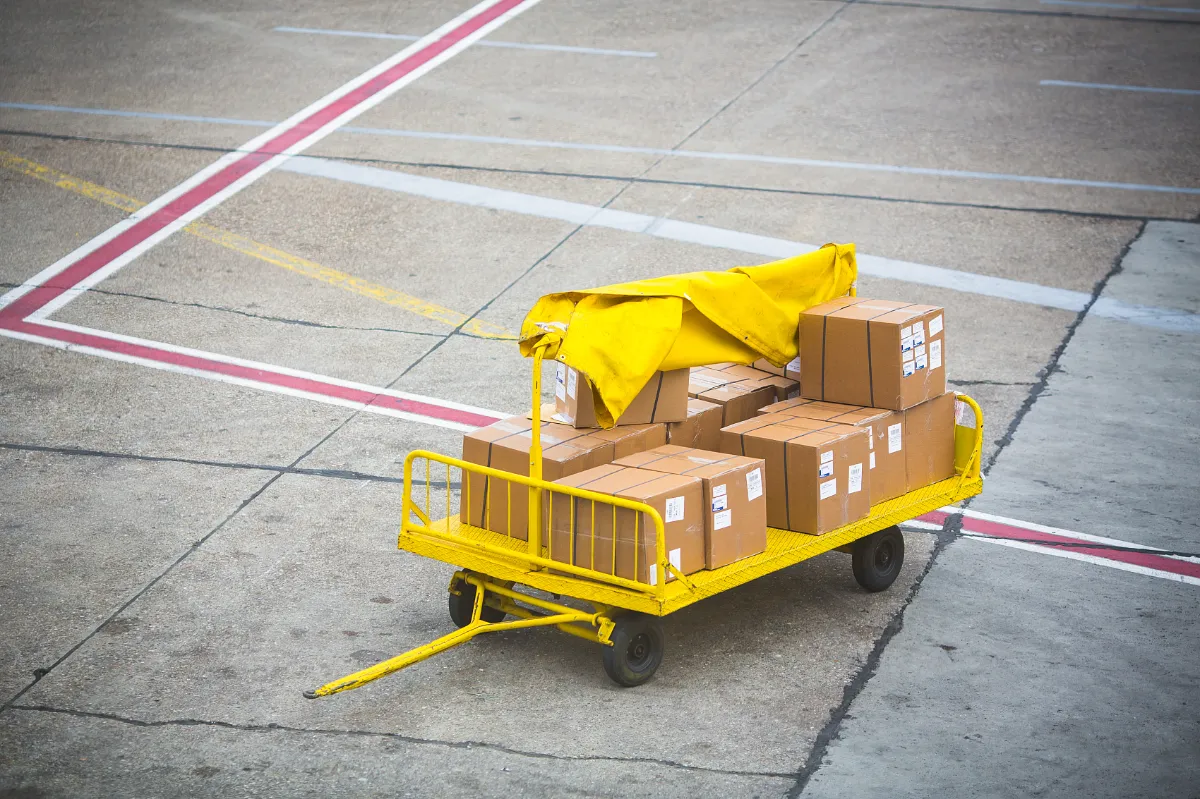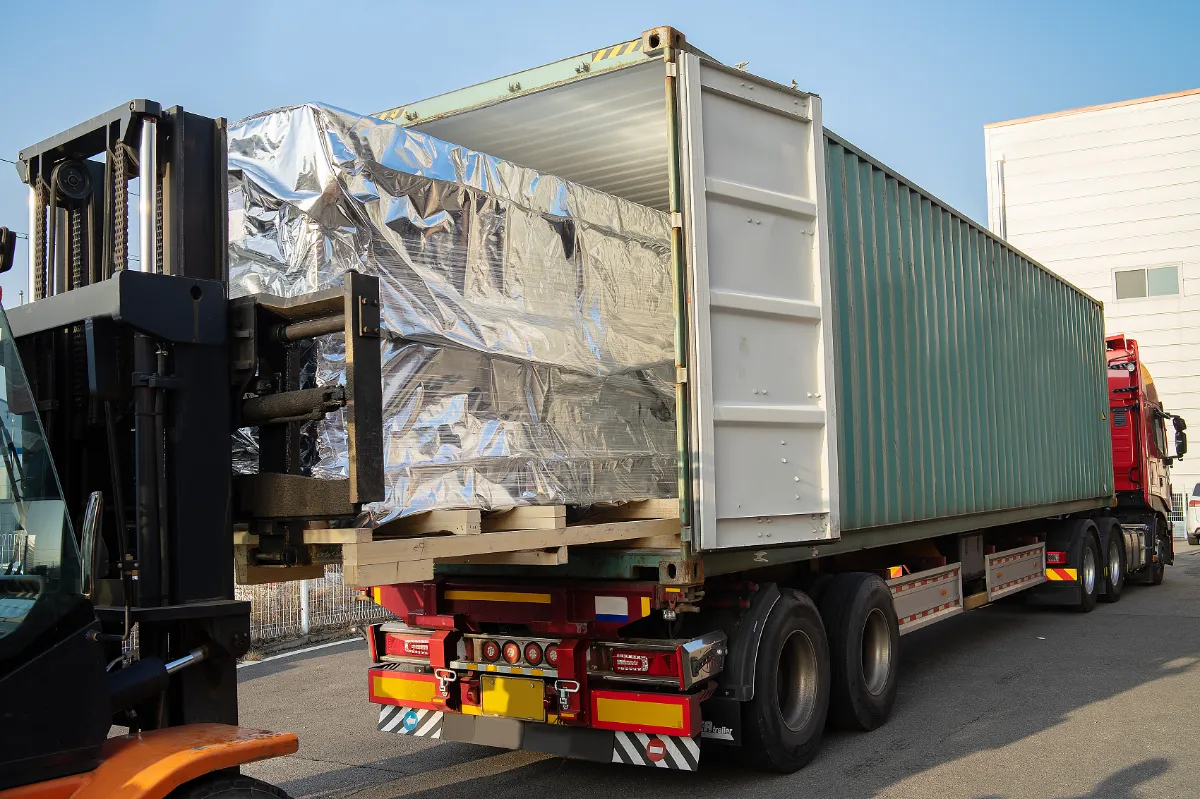Comparing International Shipping Solutions
When it comes to global trade and logistics, choosing the most suitable shipping method can significantly impact your business's bottom line. Among the most widely used options are sea freight and air freight, each offering unique advantages depending on the shipment's size, urgency, and budget. To make an informed decision, businesses must consider various factors including cost, speed, cargo type, and customs clearance procedures. This article provides a comprehensive analysis of sea freight and air freight, exploring their cost-effectiveness and helping you determine which method aligns best with your needs.
Overview of Sea Freight and Air Freight
Defining Sea Freight for Global Trade
Sea freight refers to the transportation of goods via cargo ships across international waters. It is one of the oldest and most economical methods of moving large volumes of goods. Ideal for non-perishable and bulky items, sea freight is often preferred for its scalability and cost savings on high-capacity shipments.
Key Characteristics of Air Freight
Air freight, on the other hand, involves shipping goods through commercial or cargo aircraft. It is typically used for smaller, high-value, or time-sensitive shipments. While faster than sea freight, air freight often comes at a higher cost and with more restrictions on cargo type and weight.
Cost Comparison Between Sea Freight and Air Freight
Factors Influencing Sea Freight Costs
Sea freight rates are generally lower compared to air freight. The pricing is influenced by container size (e.g., 20-foot or 40-foot), port charges, fuel surcharges, and destination-specific tariffs. Economies of scale play a crucial role in reducing overall costs for large shipments. Despite longer transit times, businesses often choose sea freight to achieve cost savings.
Elements Contributing to Air Freight Pricing
Air freight costs are typically calculated based on chargeable weight, which is the greater of actual weight or volumetric weight. Additional factors include fuel surcharges, security fees, and handling charges. Due to the premium nature of air freight services, costs can escalate quickly, particularly for heavy or bulky shipments.
Delivery Speed and Transit Time Considerations
Typical Transit Times for Sea Freight
Sea freight is significantly slower than air freight, with transit times ranging from several days to several weeks depending on the origin and destination ports. However, for non-urgent cargo, this slower pace may be acceptable given the cost savings associated with sea freight.
How Fast Is Air Freight Delivery
Air freight provides rapid transit, often delivering goods within 1 to 5 days globally. This speed is essential for businesses dealing with perishable goods, seasonal items, or urgent customer demands. While the quick delivery is a major benefit, it must be weighed against the higher shipping cost.

Cargo Capacity and Volume Efficiency
Sea Freight Offers Higher Cargo Capacity
One of the key strengths of sea freight is its ability to handle large volumes of cargo. Full Container Load (FCL) and Less than Container Load (LCL) options provide flexibility for different shipment sizes. Sea freight is ideal for transporting heavy machinery, industrial goods, and large product consignments.
Air Freight Limitations on Size and Weight
Air freight has strict limitations on cargo dimensions and weight due to aircraft space and safety regulations. While suitable for smaller packages, it may not be feasible for larger or oddly shaped items. Companies shipping oversized goods often opt for sea freight to avoid high surcharges and logistical complications.
Environmental Impact and Sustainability
Lower Carbon Emissions with Sea Freight
Sea freight generally has a lower carbon footprint per ton of cargo compared to air freight. For businesses prioritizing sustainability and environmental responsibility, sea freight is the greener option. Technological advancements in ship design and fuel efficiency are further improving its eco-friendliness.
Air Freight’s Environmental Trade-Offs
Air freight contributes significantly more to greenhouse gas emissions. Although some airlines are adopting carbon offset programs and more efficient aircraft, the environmental cost remains high. Businesses conscious of their carbon impact may favor sea freight despite the longer transit time.
Customs, Documentation, and Regulatory Requirements
Simplified Sea Freight Documentation
Sea freight involves documents such as the Bill of Lading, packing list, commercial invoice, and certificate of origin. These documents are standardized across many countries, simplifying international trade procedures and making sea freight an accessible option for exporters.
Complexities of Air Freight Documentation
Air freight requires an Air Waybill, along with other supporting documentation that may vary based on cargo type and destination. The speed of air freight is often matched by expedited customs clearance, but the documentation process may be more stringent compared to sea freight.
Risk and Insurance Considerations
Risk Factors in Sea Freight Shipping
Although sea freight is generally safe, risks such as delays, piracy, and weather disruptions can impact delivery timelines. However, comprehensive marine insurance options are available to mitigate potential losses, making sea freight a secure choice when properly insured.
Managing Risk with Air Freight
Air freight offers lower exposure to theft and damage due to its short transit time and secure handling. However, high-value shipments should still be insured. In cases of flight cancellations or cargo delays, having contingency plans is essential to minimize operational disruptions.
Cost-Effectiveness Based on Business Needs
When Sea Freight Is the Right Choice
Sea freight is more cost-effective for businesses shipping large volumes of goods that are not time-sensitive. Its affordability, scalability, and environmental advantages make it a preferred method for industries such as manufacturing, wholesale trade, and industrial equipment.
Scenarios Best Suited for Air Freight
For businesses dealing in high-value or perishable goods, the higher cost of air freight is justified by the speed and reliability of delivery. E-commerce, pharmaceuticals, and electronics industries often rely on air freight to meet fast-paced consumer demand.
Choosing the Right Logistics Partner
What to Look for in a Sea Freight Provider
Selecting a sea freight provider involves evaluating factors such as port coverage, shipping frequency, container options, and customer service. Our company offers flexible container configurations, competitive rates, and end-to-end tracking services to enhance your shipping experience.
Features of a Reliable Air Freight Company
A reputable air freight provider should offer global network access, timely flight schedules, cargo insurance, and efficient customs handling. Our integrated air freight solutions combine speed with cost management, ensuring your shipments arrive safely and on time.
Frequently Asked Questions
What types of goods are best shipped via sea freight?
Bulky, non-perishable, and heavy goods such as furniture, industrial machinery, and raw materials are ideal for sea freight. It is also suitable for large-scale shipments that do not require urgent delivery.
Is sea freight always cheaper than air freight?
While sea freight is generally more affordable, pricing can vary depending on distance, volume, and special handling needs. For lightweight, high-value items, air freight might offer better value despite its higher base cost.
How do I calculate the cost of sea freight?
Sea freight costs are influenced by container size, shipment weight, port fees, and destination tariffs. Getting a detailed quote from a logistics provider helps clarify the total cost.
Can I track my sea freight shipment?
Yes, most modern sea freight services offer real-time tracking through online platforms. Our system provides continuous updates on your shipment status, giving you peace of mind throughout the journey.
Table of Contents
- Comparing International Shipping Solutions
- Overview of Sea Freight and Air Freight
- Cost Comparison Between Sea Freight and Air Freight
- Delivery Speed and Transit Time Considerations
- Cargo Capacity and Volume Efficiency
- Environmental Impact and Sustainability
- Customs, Documentation, and Regulatory Requirements
- Risk and Insurance Considerations
- Cost-Effectiveness Based on Business Needs
- Choosing the Right Logistics Partner
- Frequently Asked Questions

 EN
EN







